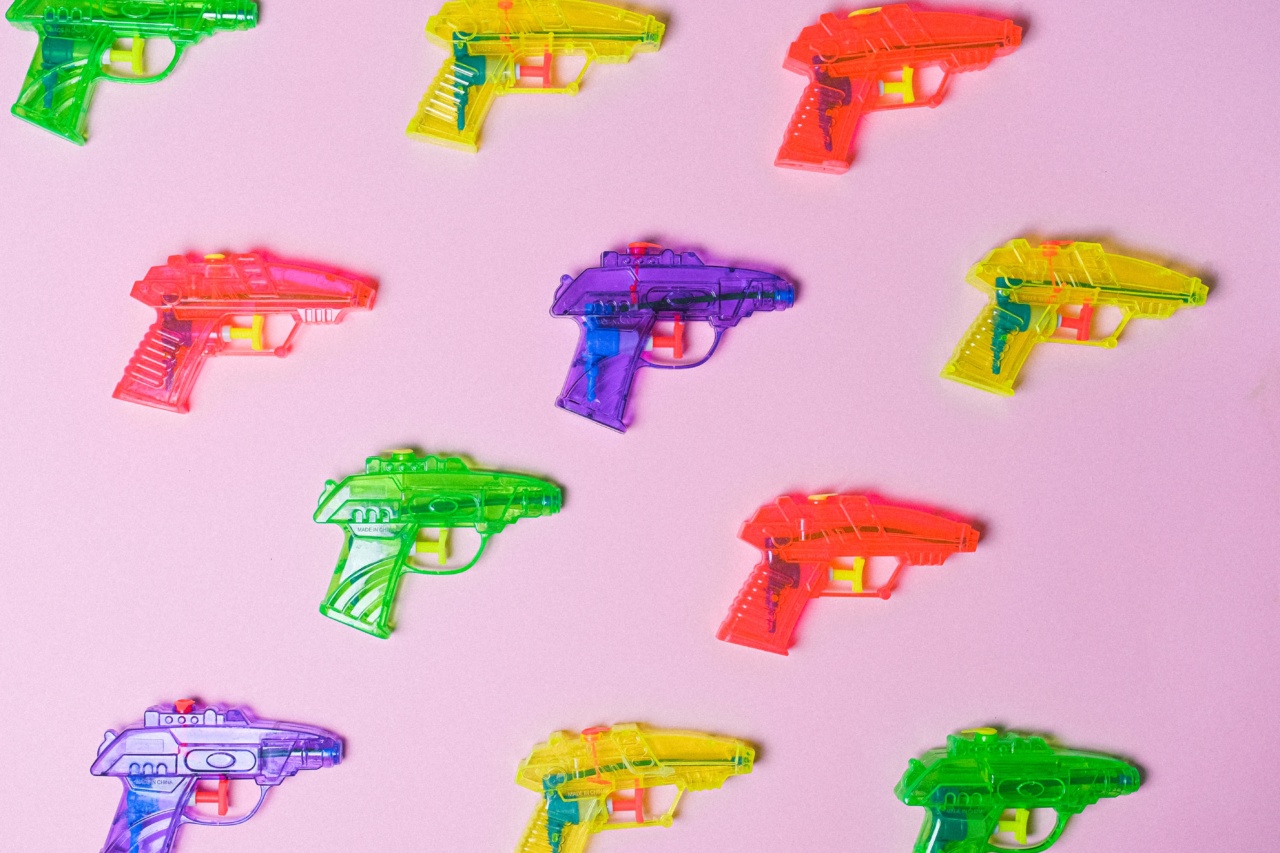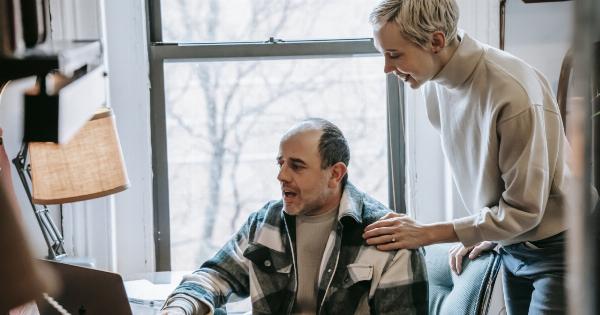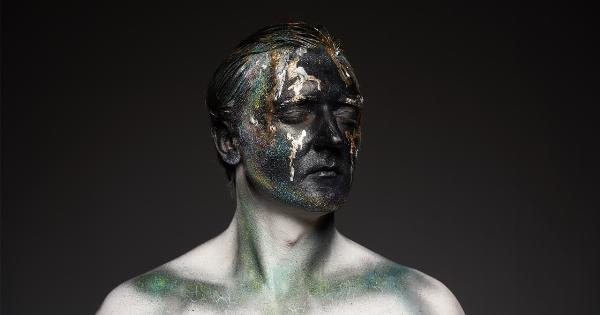Selfies: The driving force behind plastic surgery.
The Rise of Selfies
In recent years, selfies have become a cultural phenomenon. With the advent of smartphones equipped with front-facing cameras, taking self-portraits has become easier and more accessible than ever before.
The rise of social media platforms like Instagram and Snapchat has further fueled this trend, with users constantly seeking validation through likes, comments, and shares. But what impact have selfies had on society?.
The Age of Perfection
Selfies have created a culture obsessed with perfection. Social media influencers, celebrities, and even everyday individuals use filters, editing apps, and other digital tools to enhance their appearance before posting a photo.
This has led to a heightened sense of self-consciousness among users, as they compare themselves to the seemingly flawless images they see online.
Selfie Dysmorphia
Selfie dysmorphia, a term coined by Dr. Tijion Esho, refers to a condition where individuals seek cosmetic procedures to resemble the edited versions of themselves that they present on social media.
While photo editing apps allow users to smooth out wrinkles, enlarge eyes, and slim down faces, these filters create unrealistic beauty standards. People are increasingly seeking plastic surgery to achieve the same flawless appearance they see in their selfies.
Body Image Issues
Studies have shown a significant correlation between selfie culture and body image issues. Exposure to altered images on social media platforms can trigger feelings of inadequacy and low self-esteem.
This can lead to individuals seeking cosmetic procedures to enhance their physical features, ultimately aiming to look more like the filtered versions they see online.
The Role of Social Media Influencers
Social media influencers, with their large followings and carefully curated online personas, play a significant role in shaping beauty ideals.
These influencers often promote beauty standards that revolve around physical perfection, heavily influencing their followers to pursue cosmetic procedures. This constant exposure to idealized appearances can lead individuals to view plastic surgery as a means to attain societal beauty norms.
Impact on Younger Generations
Younger generations, who have grown up in the era of selfies and social media, are especially susceptible to the pressures of achieving physical perfection.
With the rise of platforms like TikTok, where users constantly compare themselves to others, the desire to conform to beauty standards has become even more pronounced. This has resulted in a surge in plastic surgery procedures among teenagers and young adults.
The Power of Filtered Reality
Filters on social media platforms have the ability to completely transform a person’s appearance. They offer an instantaneous fix for perceived imperfections and have become a popular tool for enhancing selfies.
However, the use of filters has blurred the lines between reality and fantasy, leading individuals to desire these altered versions of themselves in real life. Plastic surgery provides a way to bridge the gap between the filtered reality and their physical appearance.
Psychological Impact
The quest for perfection through plastic surgery can have significant psychological implications. Studies have shown that individuals who undergo cosmetic procedures may experience an initial boost in self-esteem and body satisfaction.
However, this can be short-lived, as they become preoccupied with maintaining their altered appearance and may develop body dysmorphic disorder (BDD) – a mental health condition characterized by obsessive concerns about one’s appearance.
The Influence of Celebrity Culture
Celebrities have always been a source of inspiration for their fans. However, with the rise of selfies, celebrities have become even more influential in shaping beauty ideals.
Many celebrities openly share their own experiences with plastic surgery, leading their followers to believe that these procedures are the key to achieving perfection. This further normalizes and glamorizes the idea of going under the knife.
The Role of Technology
Advancements in technology have made plastic surgery more accessible and less invasive. From non-surgical procedures like Botox and fillers to innovative surgical techniques, individuals now have a wide range of options to alter their appearance.
These advancements, combined with the influence of selfies, have fueled the demand for plastic surgery, as individuals seek to achieve the idealized versions of themselves.
Conclusion
The rise of selfies has undeniably had a significant impact on society’s perception of beauty and the demand for plastic surgery.
The constant exposure to edited, filtered images on social media platforms has created a culture obsessed with perfection, leading individuals to seek cosmetic procedures to achieve the same flawless appearance they present online. As technology continues to advance and selfie culture persists, it is crucial to recognize the psychological implications and encourage a healthier approach towards self-image.































